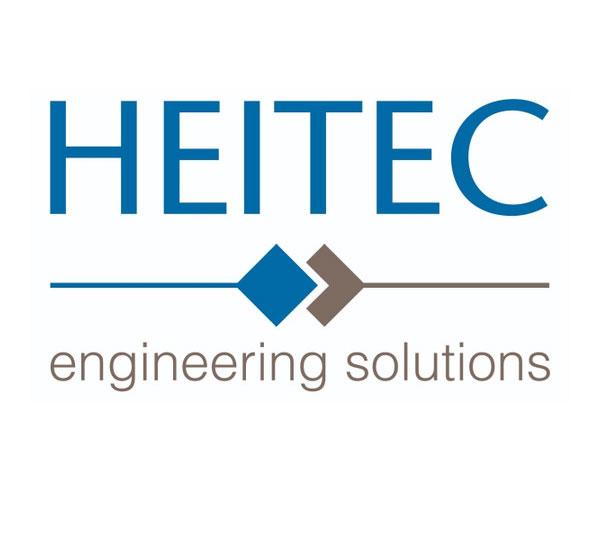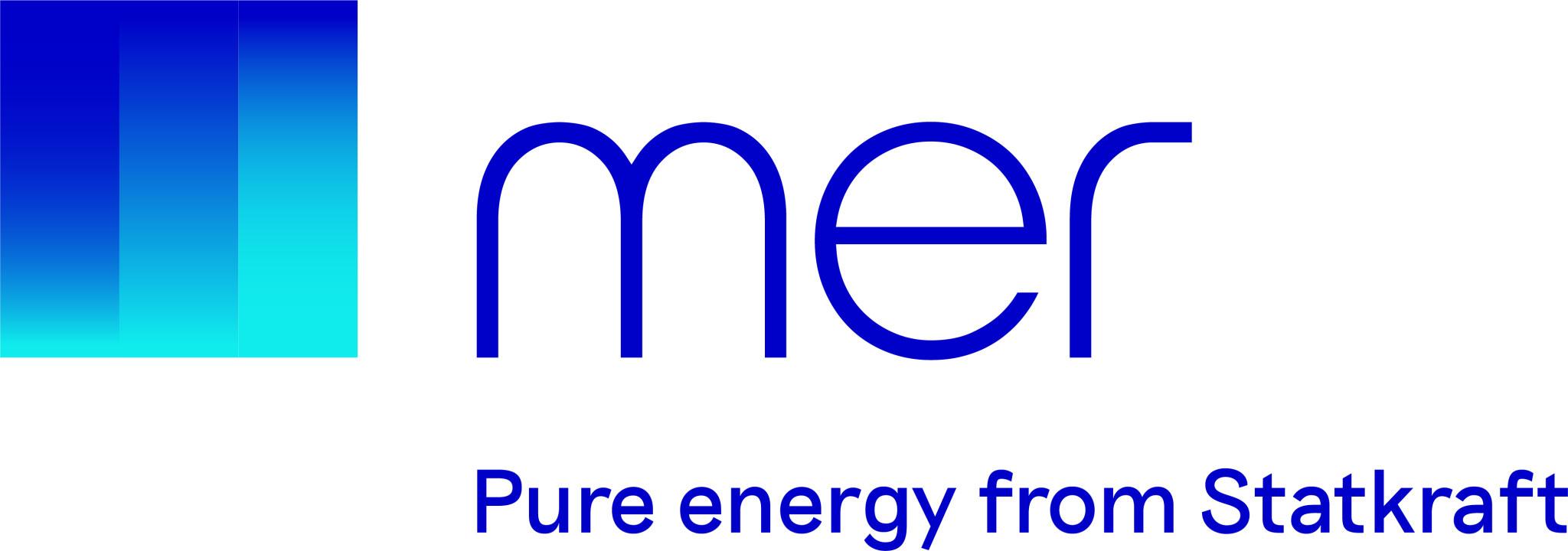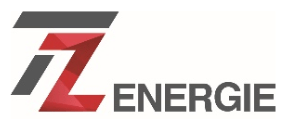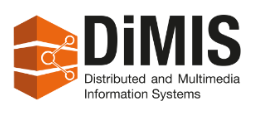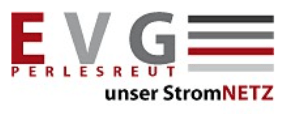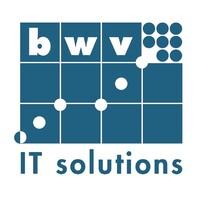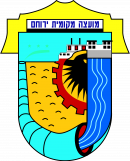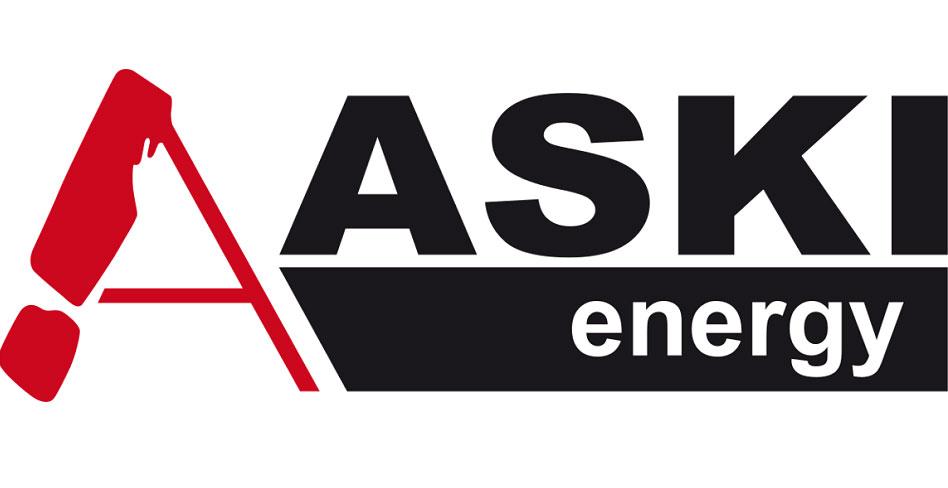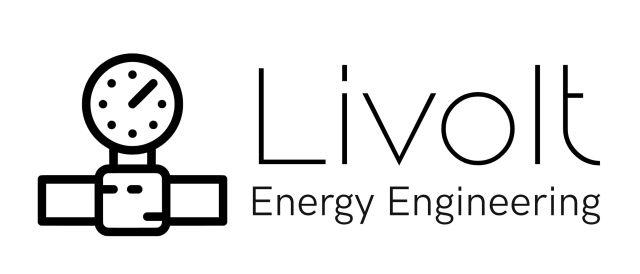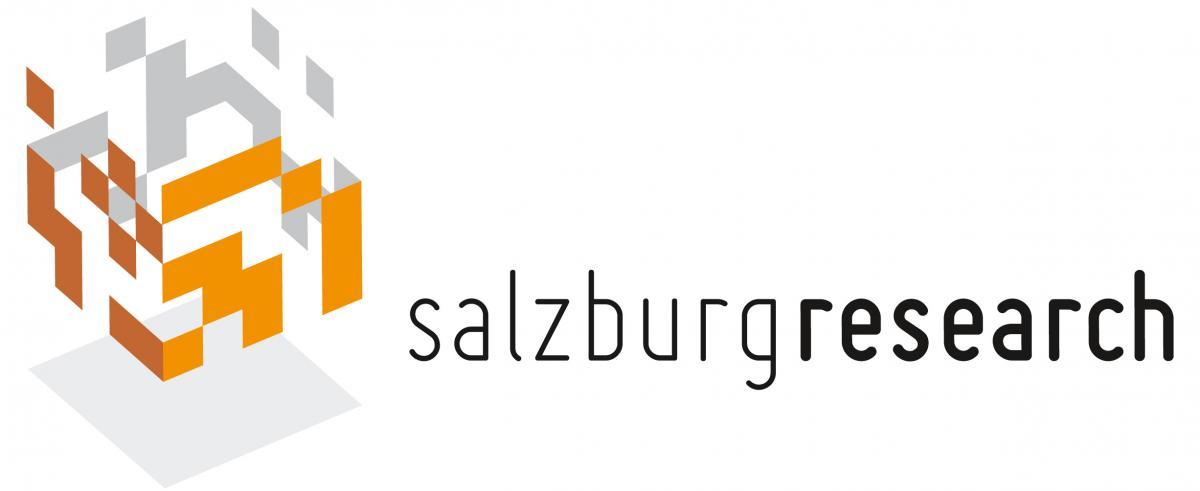Research & Development
The 100% energy transition is a generational task for our society.
FENECON is actively involved in research and development projects. In this way, we also shape the “Energy Journey” of our customers - for at least the next 20 years. They are calmly facing the massive changes in the energy world. With our future-open platform, you are also optimally prepared for your 100% energy transition.
Duration: 01.01.2022 - 31.12.2024
OMEI - Open Mobility Electrical Infrastructure
Data-based concept for a holistic solution approach for sustainable electric charging infrastructure
The goal of the research project is to realize a holistic solution approach for sustainable electric charging infrastructure based on a data-driven concept.
The project goal is also to create a freely available data and tool foundation for planning and optimizing fast charging infrastructures. Here, regional renewable energy is integrated with sustainable energy storage in a common concept for charging infrastructures. In addition, a concept and framework for intelligent bidirectional use of electric vehicle storage is being developed.
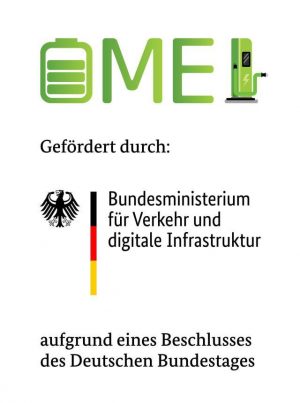
Project Objectives:
- Site optimization
- Low network load
- Sustainable energy supply
- Open Data
- Sustainable mobility
Laufzeit: 01.02.2021 - 31.01.2024
CCP - CrossChargePoint
Multifunctional e-charging points: Added value through more functions
The research project “CrossChargePoint” investigates possibilities for charging stations with added value for users, cities, municipalities and operator organisations. The aim is to support rural areas in particular in reducing greenhouse gas emissions.
E-charging stations could theoretically do much more than just charge e-vehicles. They could be valuable building blocks in a region’s energy management by additionally being used as energy storage: In the event of excessive energy supply, the energy would be converted by electrolysis and power-to-gas to also fuel gas- or hydrogen-powered vehicles.
With CrossChargePoint, a decentralised intermediate energy storage network could be created analogous to large pumped storage power plants at the charging stations. In this way, on the one hand, transport can be supplied with alternative fuels - electricity, gas, hydrogen - and on the other hand, the local power grid can be supported. Fluctuations in supply and demand in the local electricity grid would thus be better absorbed.

Regional requirements for the reduction of greenhouse gas emissions
The research takes into account special requirements of different regions due to different geographical, climatic and economic conditions. Especially in rural areas with low population density and limited network capacities, the development of infrastructures for alternative fuels is a challenge. Economic efficiency is often questionable when the need for care is limited to a few hours per week.
Technological challenges
In the research project, the technological concept of a “CrossChargePoint” is being developed. The “CrossChargePoint” combines fast charging capabilities with energy generation, energy carrier conversion and storage functions. For this purpose, the project partners are developing a system architecture as well as the infrastructure for data and information exchange for a regional energy management system. Interdependencies that occur between the ICT system, the electrical grid and the transport sector are also taken into account.
Selected partners from industry and research are participating in the CCP project, including Deggendorf Institute of Technolgogy (Germany), AVL List (Austria), Salzburg Research Forschungsgesellschaft mbH (Austria), FENECON GmbH (Germany), Urban Software Institute GmbH (Germany), HyCentA Research GmbH (Austria), ASKI Industrie-Elektronik GmbH (Austria), Livolt Ltd (Israel), Yeruham Local Council (Israel), Energie Kompass GmbH (Austria) and Bwv its GmbH (Switzerland).
OpenEMS - Open Source Energy Management System
OpenEMS is a modular platform for energy management applications. The system is designed to control, monitor and integrate energy storage systems with renewable energy generators and complementary devices and services. The software is published as open source.
Der Quellcode ist verfügbar unter openems.io.

Completed research projects
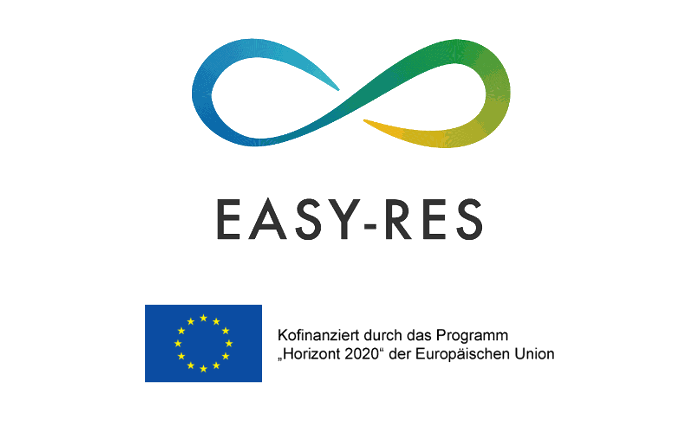 The EASY-RES project will explore how to maintain security of supply of electrical energy as power generation shifts from conventional power plants to 100% renewables. This change will also have a major impact on the environment and help solve global climate and energy challenges.
The EASY-RES project will explore how to maintain security of supply of electrical energy as power generation shifts from conventional power plants to 100% renewables. This change will also have a major impact on the environment and help solve global climate and energy challenges.
Selected partners from six EU countries are participating in the EASY-RES project. In addition to FENECON, the consortium includes five universities (Passau, Thessaloniki, Seville, Delft and Lancaster), three energy providers (Stadtwerke Landau a. d. Isar, Stadtwerk Hassfurt and Elektro Gorenjska from Slovakia), the network operator ADMIE from Greece and the Zentrum Digitalisierung.Bayern.
FENECON will contribute technical expertise on battery behavior under steady-state and transient conditions and on control algorithms. In addition, we will participate in the development of new system services through storage systems and provide the necessary storage devices in laboratory tests. The open source energy management OpenEMS (www.openems.io) initiated by FENECON serves as the basis for the energy management and will be further developed within the project.
Mehr Informationen finden Sie unter easyres-project.eu/.
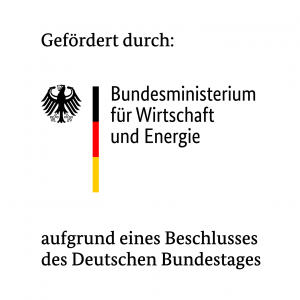 The core objective of the MEMAP project is to develop and test an open aggregation platform. The platform is intended to connect several buildings or their local EMSs in order to exploit synergy effects of the different demand and production profiles. Users should be involved in this process with the help of intuitive user interfaces. A simulation framework for testing the platform will be extended to support the complex planning process. The MEMAP project relies on the use of the established Building Information Model (BIM) standard.
The core objective of the MEMAP project is to develop and test an open aggregation platform. The platform is intended to connect several buildings or their local EMSs in order to exploit synergy effects of the different demand and production profiles. Users should be involved in this process with the help of intuitive user interfaces. A simulation framework for testing the platform will be extended to support the complex planning process. The MEMAP project relies on the use of the established Building Information Model (BIM) standard.
In addition to FENECON, the companies Holsten Systems GmbH , Sauter-Cumulus GmbH , IBDM GmbH and the research institutions fortiss GmbH, TUM MSE Energy Efficient and Smart Cities and the Zentrum Digitalisierung.Bayern are involved in the MEMAP project.
FENECON brings experience in project development and realization as well as virtual power plants. FENECON participates in the elaboration of the requirement, development and evaluation of business models, system analysis and development of the software platform.
Mehr Informationen finden Sie unter memap-projekt.de/.
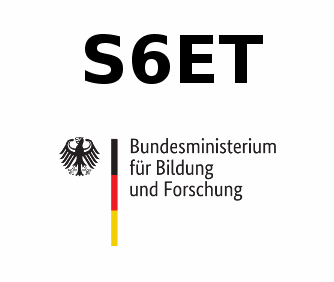 In the interdisciplinary project S6ET, the focus is on the integration of energy storage systems in decentralized supply concepts. The aim of the project is to develop a spatio-temporal and network model that makes it possible to search specifically for optimal locations for different storage solutions (with regard to electricity, heat and gas) and to make them available via a browser application.
In the interdisciplinary project S6ET, the focus is on the integration of energy storage systems in decentralized supply concepts. The aim of the project is to develop a spatio-temporal and network model that makes it possible to search specifically for optimal locations for different storage solutions (with regard to electricity, heat and gas) and to make them available via a browser application.
S6ET takes a regional, decentralized approach and seeks to contribute to the further shaping of the energy transition towards sustainability through its results.
 The goal of the project is to supply electric vehicles directly and highly efficiently with self-generated solar power throughout the year (summer and winter) in order to mitigate or, ideally, completely avoid the extreme loads on the public power grid that arise during private charging.
The goal of the project is to supply electric vehicles directly and highly efficiently with self-generated solar power throughout the year (summer and winter) in order to mitigate or, ideally, completely avoid the extreme loads on the public power grid that arise during private charging.
Technically, the direct use of solar power is already possible, but the current solutions are only efficient when there is strong sunlight in the summer. When solar radiation is weak (winter, cloudy skies), charging efficiency drops to 35% in some cases, which means that two-thirds of the already low solar power generation is converted unused into heat in this weather. The research project aims to solve this problem with specially developed power electronics.
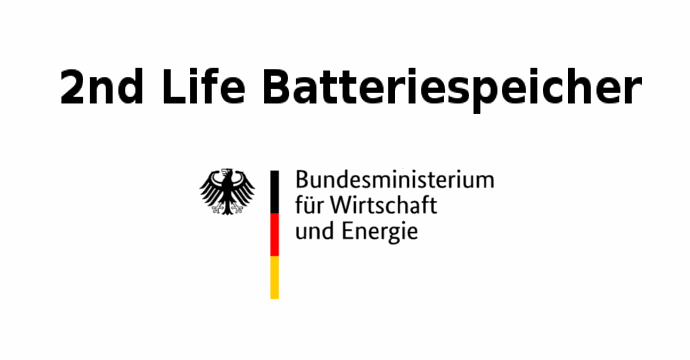 The aim of this project is the development of a controlling and maintenance system to delay non-linear aging processes of 2nd-life batteries in stationary storage systems in order to enable an economically interesting application of these systems due to the extended utilization time. The project will create a hybrid storage prototype combining 1st- and 2nd-life traction battery packs from electric vehicles.
The aim of this project is the development of a controlling and maintenance system to delay non-linear aging processes of 2nd-life batteries in stationary storage systems in order to enable an economically interesting application of these systems due to the extended utilization time. The project will create a hybrid storage prototype combining 1st- and 2nd-life traction battery packs from electric vehicles.
In addition to FENECON, the partners include the company BEDM GmbH and the Technology Center Energy (TZE) at Landshut University of Applied Sciences.
FENECON is responsible for developing the system integration of the traction batteries, including the intelligent and flexible power electronics of the 2nd-life hybrid storage system. Following this research project, FENECON is aiming to market this storage solution, incl. the new system. of the associated service.
After more than 2 years of intensive research and development together with our partners, we were able to successfully bring the project results into the field as part of our award-winning Industrial product range.
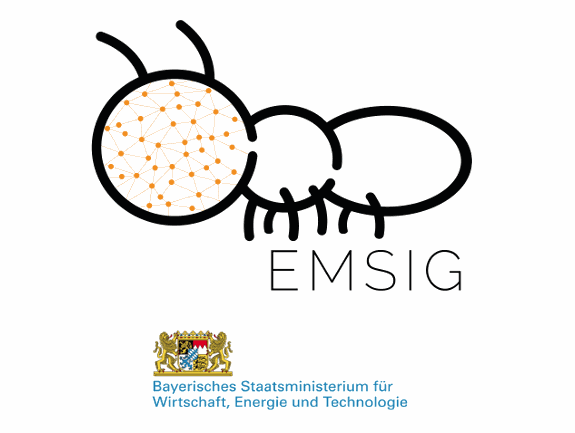 Distributed electricity storage systems can make a major contribution to the energy transition. However, the operating methods currently in use usually offer only naive strategies that take into account only the instantaneous situation behind the electricity meter. The aim of the project is to use integrated business models to tap the great potential of storage for both the end user and the distribution system operator (DSO). To this end, innovative charging and discharging algorithms are being developed to optimize the self-use of solar energy and the control of variable loads. “Pooling” of distributed storage flexibility also enables participation in the energy market. In addition, an open-data platform for anonymized energy data is being created to make it publicly available for research purposes. The basis of the project is the open-source energy management system OpenEMS (www.openems.io), which is being further developed as part of the project.
Distributed electricity storage systems can make a major contribution to the energy transition. However, the operating methods currently in use usually offer only naive strategies that take into account only the instantaneous situation behind the electricity meter. The aim of the project is to use integrated business models to tap the great potential of storage for both the end user and the distribution system operator (DSO). To this end, innovative charging and discharging algorithms are being developed to optimize the self-use of solar energy and the control of variable loads. “Pooling” of distributed storage flexibility also enables participation in the energy market. In addition, an open-data platform for anonymized energy data is being created to make it publicly available for research purposes. The basis of the project is the open-source energy management system OpenEMS (www.openems.io), which is being further developed as part of the project.
 BloGPV has set itself the goal of enabling the economic operation of photovoltaic systems in a post-EEG situation. As part of Smart Service World II, many decentralized battery storage facilities will be united by blockchain technology to form a large-scale virtual storage facility.
BloGPV has set itself the goal of enabling the economic operation of photovoltaic systems in a post-EEG situation. As part of Smart Service World II, many decentralized battery storage facilities will be united by blockchain technology to form a large-scale virtual storage facility.
A decentralized storage management with the connection of value-added services as well as the creation of suitable balancing and billing models should enable an economic operation of PV systems without feed-in tariffs and thus make a significant contribution to the energy transition.
FENECON arbeitet hierzu mit den Projektpartnern Deutsches Forschungszentrum für künstliche Intelligenz, Discovergy, enercity und der TU Berlin zusammen.
Zum Projektvideo!
Mehr Informationen finden Sie unter blogpv.net.





